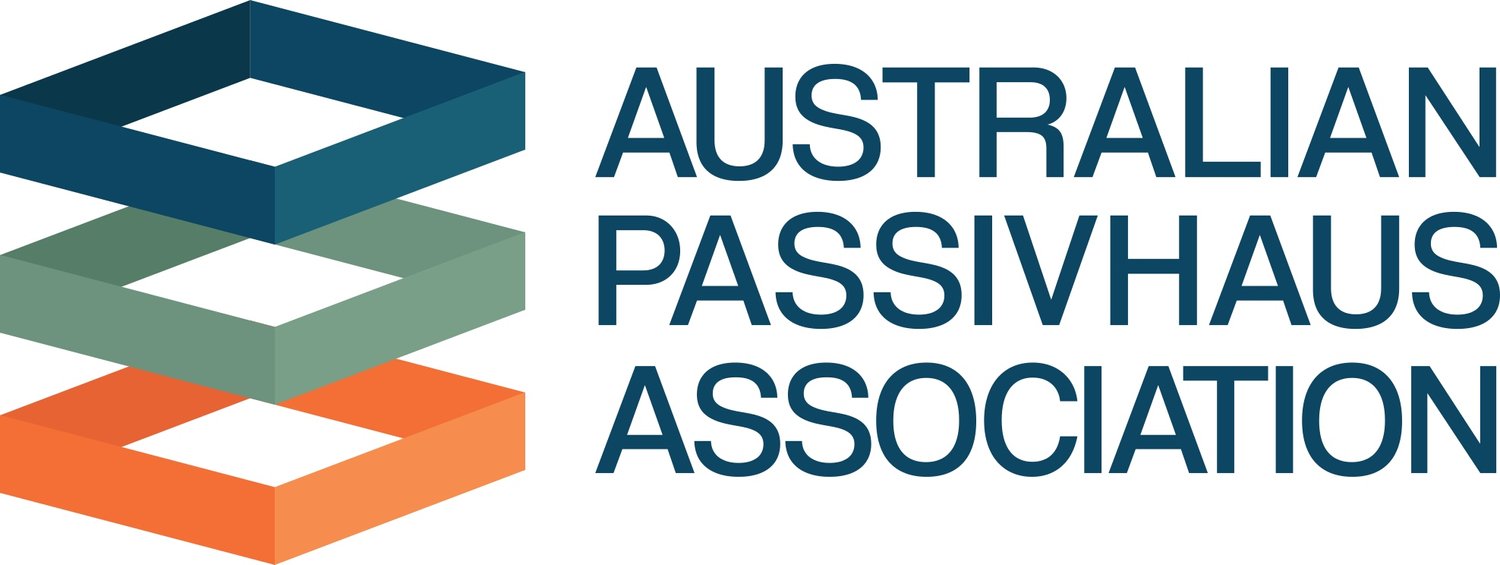Claiming the Passivhaus Standard
Our new market guidance is released on 23rd April
“This guidance clarifies that buildings cannot claim to be built to Passivhaus Principles as the term Passivhaus can only be used if the Passivhaus Standard has been met. The Passivhaus Standard performance requirements are designed as a system, they cannot be recklessly applied individually.”
Alexia Lidas
CEO,
APA
The Passivhaus Standard is a rigorous quality assurance standard for energy efficient buildings. Responding to the growth of the Passivhaus Standard in Australia, the Australian Passivhaus Association has released a new guidance which provides clarity on when a project can claim it has met the requirements of the Passivhaus Standard and the risks of incorrectly doing so.
First released by the Passivhaus Trust in the UK, and subsequently by PHINZ in NZ, the Australian Passivhaus Association has adapted the guidelines to suit the local Association’s requirements with the support of Law Firm, Speirs Ryan Lawyers.
‘Claiming the Passivhaus Standard’ comes at a time where the market for Passivhaus Standard buildings is growing rapidly. The Australian Passivhaus Association reports that in the last year the number of buildings seeking Passivhaus Certification grew by 86%. The CEO of the Australian Passivhaus Association explained that the growth of the Standard highlighted the need for market guidance.
“As the Standard has grown in Australia, we came to recognise that not everyone promoting the Standard understood what was involved and that term Passivhaus was being incorrectly used by well meaning professionals.”
With some stakeholders not recognising that the Standard places equal weight on performance and quality assurance this guidance makes it easier.
“We wanted to provide support to these well-meaning professionals, but also protect consumers from the inevitable emergence of bad players that seek to gain commercial advantage of the PR and enthusiasm around the Passivhaus Standard without doing the work of rigorously applying the Standard.”
This legal clarification around use of the term is important and timely; the Passivhaus Standard is a quality assurance and building performance standard with a high reputation. It also clarifies debates and misunderstanding about the claims regarding buildings being built to the “Passivhaus Principles.”
“This guidance clarifies that buildings cannot claim to be built to Passivhaus Principles as the term Passivhaus can only be used if the Passivhaus Standard has been met. The Passivhaus Standard performance requirements are designed as a system; they cannot be recklessly applied individually.”
This guidance is designed as a practical guide to be used by Clients, Built Environment Professionals, Passivhaus Builders and Designers, Legal Practitioners, Real Estate Agents and any others requiring definitions of the Passivhaus Standard such as the Media and Associations.
The document includes-
A road map connecting project outcomes to project terminology
The quality assurance and performance requirements of the Passivhaus Standard
Guidance around consumer protection from deceptive and misleading conduct
It’s to be used by any stakeholder to have confidence in any claims around the Passivhaus Standard. The document will be re-released in late 2025 with a comprehensive Passivhaus Standard Benefits marketing guide.
Read ‘Claiming the Passivhaus Standard’ here
Help us spread the word
We appreciate your help in getting the word out about this important document. To help us, here is a folder of images and copy which can you can use:


